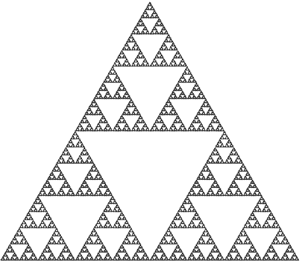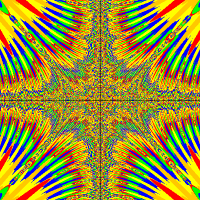Hello all, I am just starting out in programming, and I am trying to make a Sierpinksi gasket - a fractal. I was told to use the chaos game technique, but I am very confused by all of this. Can anybody help me out? Please keep in mind, I am VERY new to programming so I need a simple description. Better yet, even the code itself.
Thanks everybody.
Gasket






